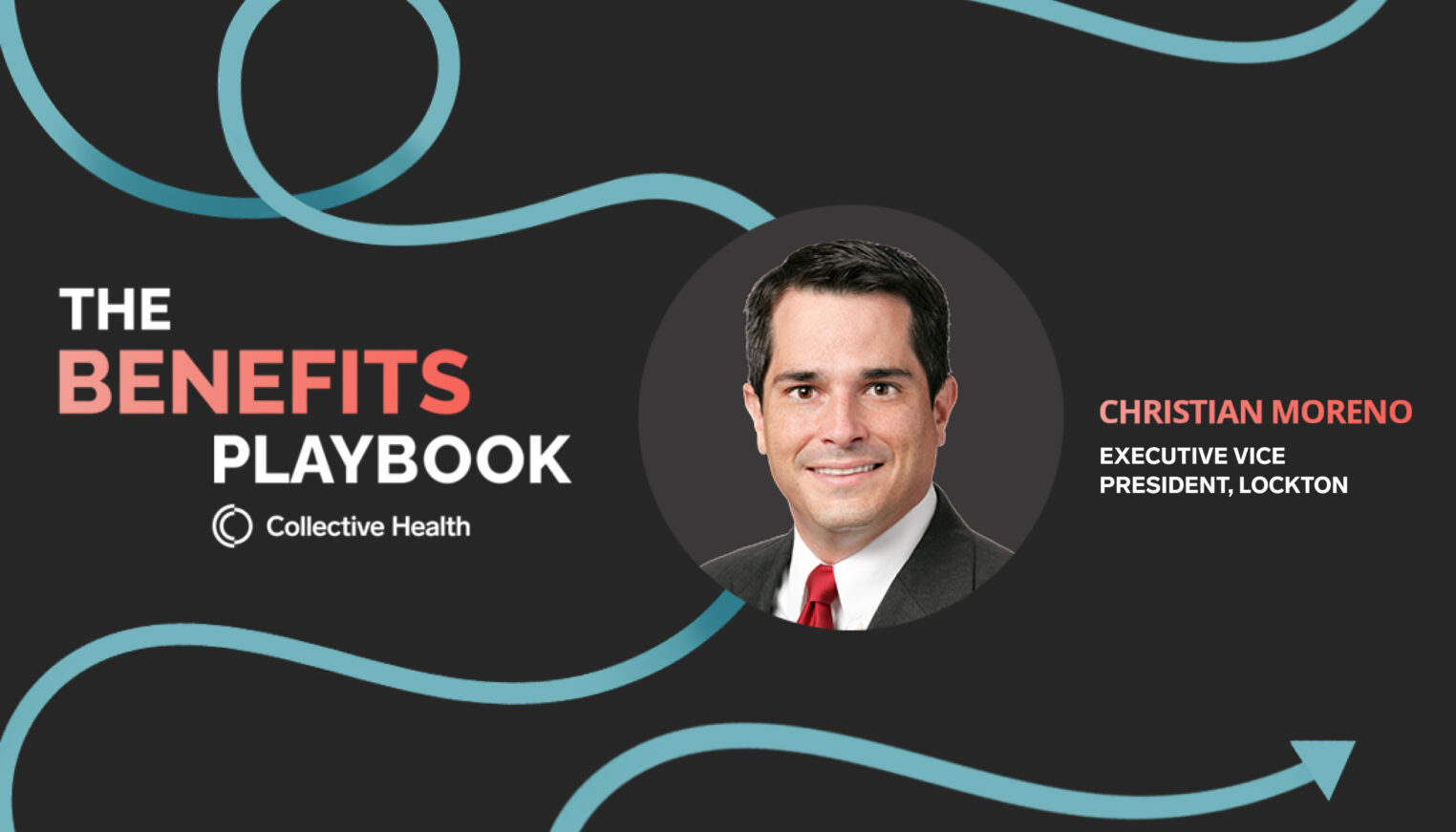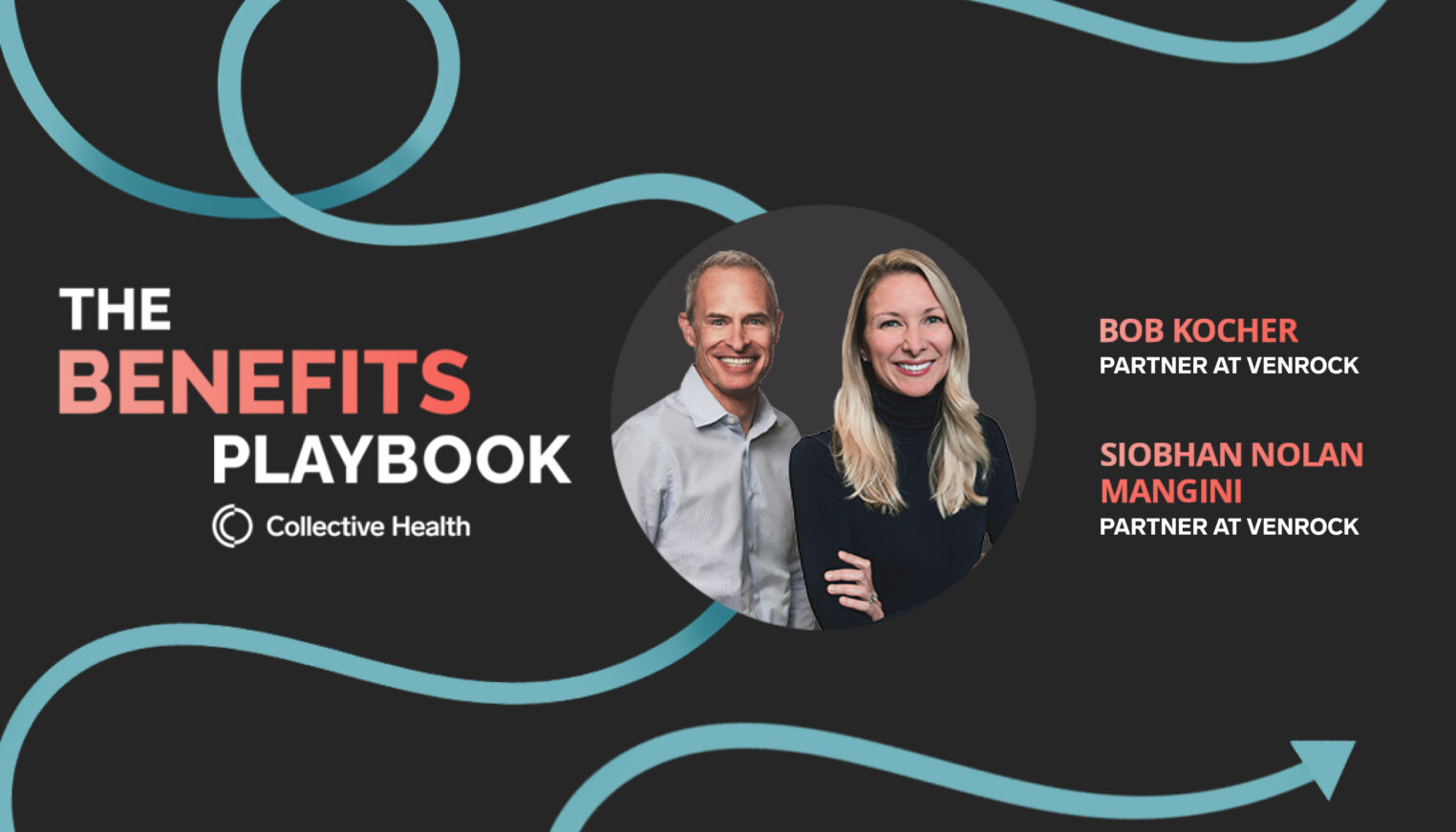Creating a maternity strategy that makes sense for your people and reduces administrative headaches isn’t as hard as it may seem. Here’s a quick guide to get started.
Leave administration is complicated to navigate. From complex internal policies, to state policies and healthcare coverage, these separate but equally important benefits operate in silos making them difficult to understand when they are rarely presented as one cohesive picture.
The biggest questions your people undoubtedly have are:
- What do my health benefits cover?
- How much time off will I have?
- Do I get paid during that time off? How much?
- What happens to my stock?
- Are there any additional plans, such as breast pump reimbursement or “baby bonding bucks” I should know about?
When you put these policies and benefits together and attempt navigating them as an administrator, it’s complicated.
When your people try navigating it for themselves, triple the complication and frustration levels.
Maternity Benefits. It shouldn’t be this complicated.
It’s no wonder maternity health benefits are confusing for you and your people. The way it stands today, carriers and vendors alike are unable to offer a clear and consolidated view of what is covered and what isn’t.
For example, say one of your people just delivered her baby and she’s in the hospital trying to determine if her son’s stay in the NICU is covered. She needs answers and heads to her carrier’s website, what happens?
More than likely she’ll find a site that’s not optimized for mobile, is hard to navigate and doesn’t have the plan summary she was looking for. When she calls the carrier directly she’s told to contact her HR partner instead because the only information the carrier can provide includes a lot of “mights” and “maybes.” This leaves you and your team with more work to tackle and a frustrated new mom.
It doesn’t have to be this way.
Maternity drives over 10 percent of all company healthcare costs so it’s essential to get it right.
The Changing Tide
Although U.S. parental leave benefits and policies limp behind most other countries, some companies like Google, Netflix, Adobe and Goldman Sachs are offering progressive leaves to their people and are commanding a great deal of attention for doing so.
If you have the time for a long-term strategy: Build a portal for your people that helps them navigate benefits as they prepare to welcome a baby or new child into the family. Include everything from health benefits to paid leave (for moms, dads and adoptive parents), to what happens to their stock while they’re on leave and any other perks your company has thrown in.
- Invest. Find the best maternity programs out there to offer as a supplement to your people. Ovuline is a great one to look into, as it not only helps with pregnancy knowledge for your people, but is an added benefit for helping them conceive.
- Get creative. If you have the flexibility of a self-funded plan, offer your people perks like breast pump reimbursement or a lactation consultant stipend.
- Go the extra mile. As we’ve seen from companies like Google and Facebook, a little goes a long way when it comes to employee perks. If you’ve already tackled your claims data, perhaps you’ve found more funds and can offer your people your own version of baby bonding bucks.
- Don’t forget the basics. Offering clear guidance up front about enrollment of the baby post-delivery will help your new parent tremendously. Explain what happens to the plan when it switches to family coverage and help them look at the most cost-efficient picture.
If you’re looking for a short-term solution: Offer your people a one-pager that outlines their benefits in one place. A simple move like this will take excessive burden off your HR partners and your people. Keep it simple and be sure to include:
- What your company’s leave policy is
- What the state offers and how to get leave benefits started
- What your people will get paid while on leave (and what happens with their stock)
- What their health plan covers for maternity and delivery
- How to best handle post-delivery enrollment for the baby
- Additional maternity benefits and perks they might not know about
Getting maternity benefits right for your people.
Maternity drives over 10 percent of all company healthcare costs so it’s essential to get it right.
While improving your current maternity benefits program can sound like a massive undertaking, it doesn’t have to be. We teamed up with Ovuline, the industry-leading fertility and maternity benefits provider, to create an on-demand webinar in which we discuss the latest trends in maternity benefits and how companies are taking advantage of new technologies to take care of their expecting moms and dads.
We cover:
- How to understand and assess the goals of your program
- The top maternity and fertility cost drivers facing your organization
- How to build a competitive maternity benefits package
- Ways to communicate your program to your people
You’ll leave with the insights you need to see how your maternity benefits stack up, and a series of action plans to take your program to the next level.
Are you ready to set up a long-term maternity strategy that integrates all of your benefits into one, people-focused experience?



